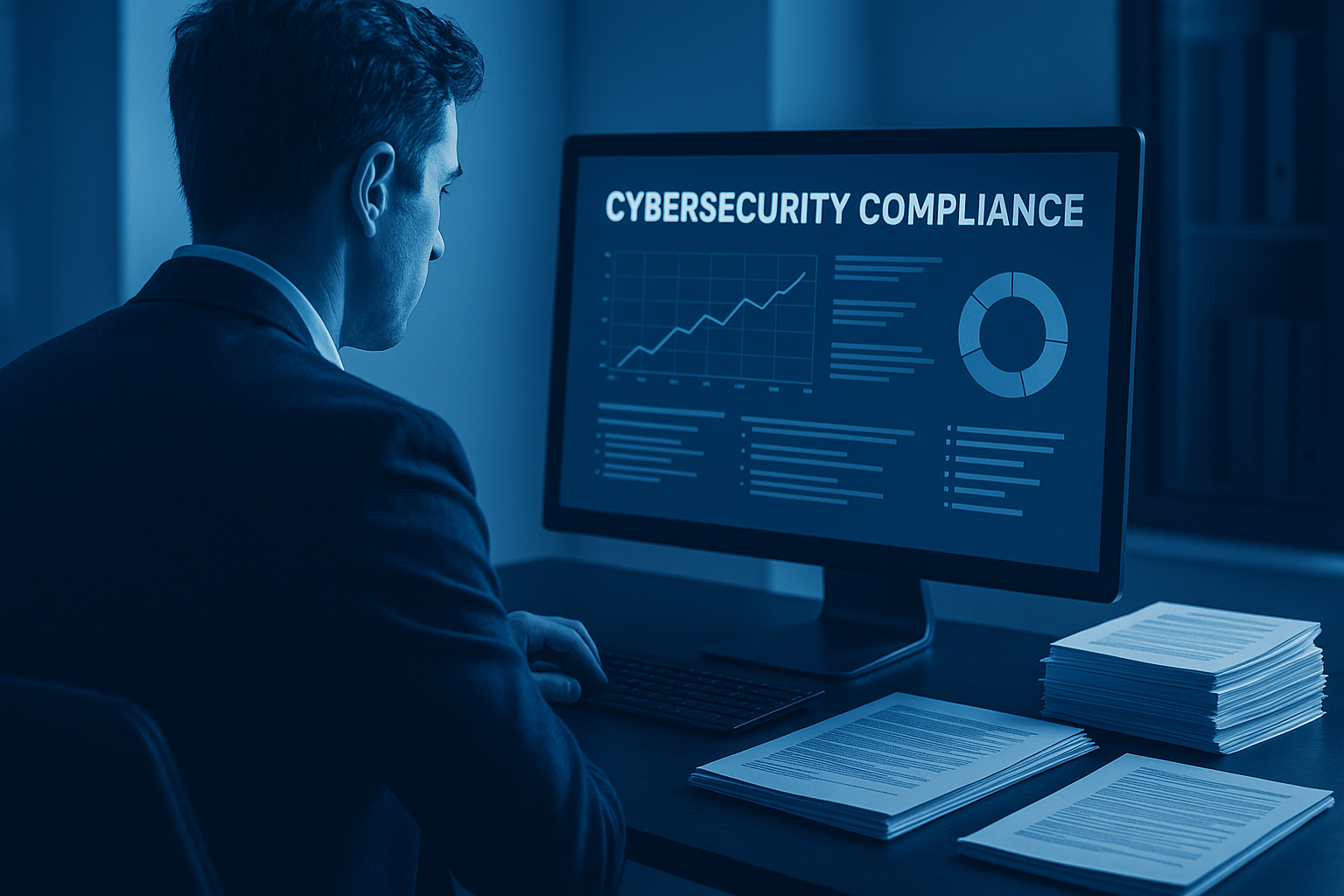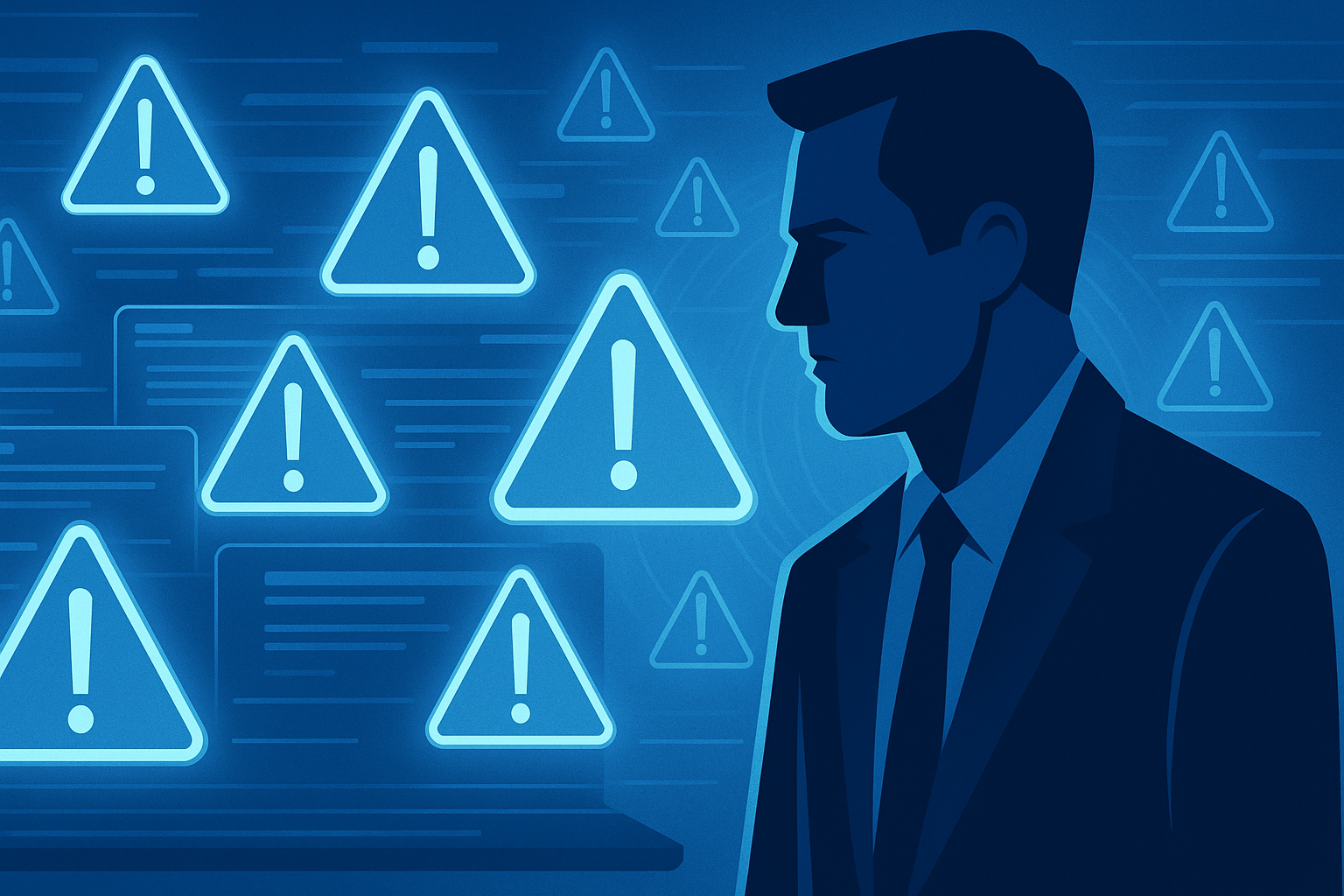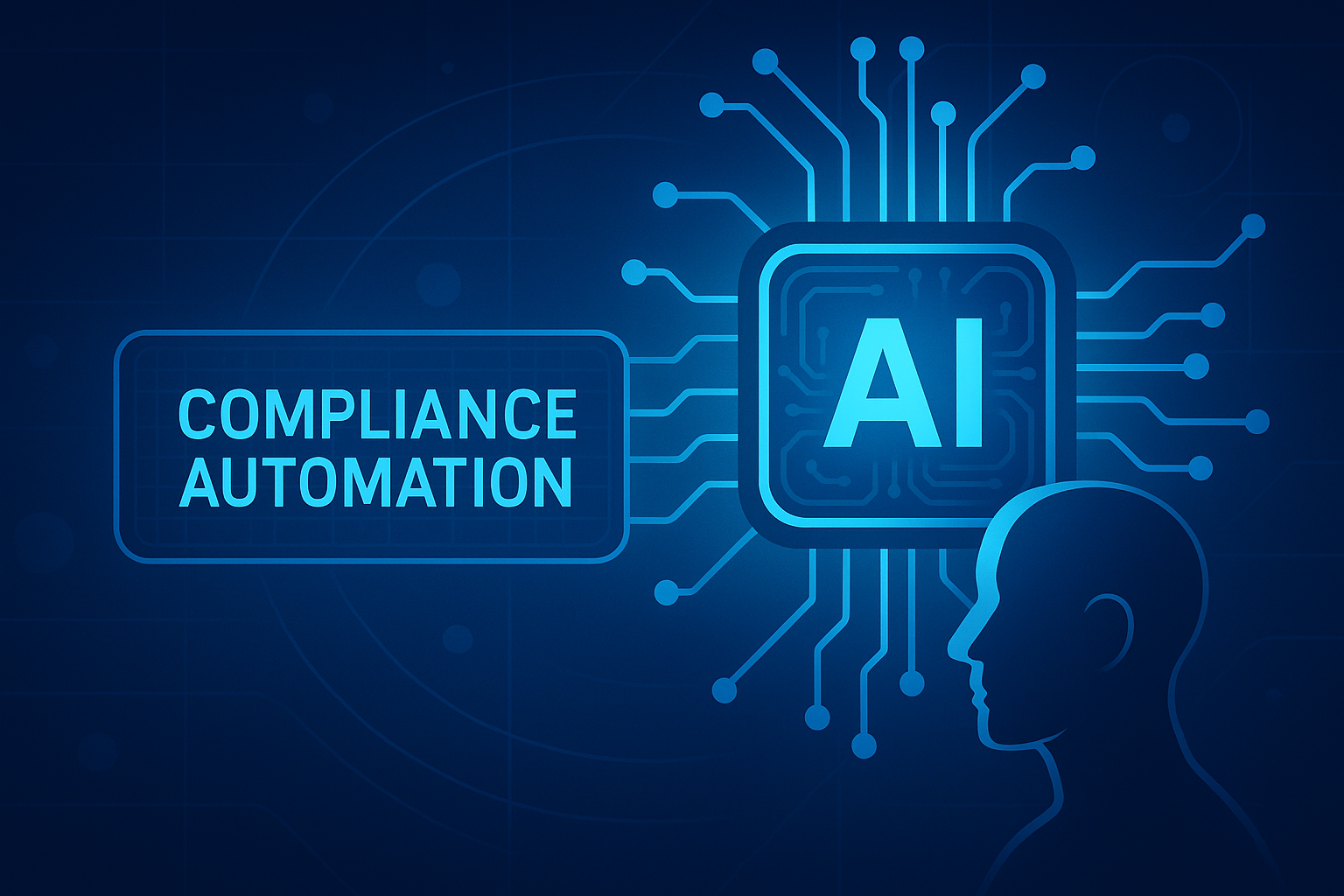The cybersecurity landscape constantly changes, with the hackers that threaten this industry continually advancing their attack techniques. According to the Sophos 2022 Threat Report, ransomware threats, attacks on internet infrastructure, and malware on mobile devices continue to rise in the volume of attempted and successful attacks.
Cybercrime is a prevalent threat to businesses of all sizes, from small start-ups to large public corporations. Every company faces the same risk, and modern-day hackers are not only equipped to freeze business operations but also equipped to make them permanently obsolete.
As these changes develop in front of us, it’s time for cybersecurity and IT leaders to step up their risk and compliance management for the modern age with continual compliance solutions.
The number of control standards and frameworks organizations must comply with is rapidly growing. As regulating bodies continually update frameworks to address new threats and attack vectors, the day-to-day maintenance of compliance management and use of disparate continuous compliance tools can and will overburden your security team. Teams often pore over mountains of spreadsheets to determine compliance and work with dated data. Neither of these situations will prepare your organization for an eventual cyber threat because these are both reactive approaches to risk and compliance.
Reactive v. Proactive Cyber Risk Management
Is there a difference between reactive management and proactive management? Yes - they are entirely different, and choosing one over the other can seriously impede your risk and compliance strategy. With reactive cybersecurity management, teams will only respond to a cyber threat once the event has happened.
Reactive management means your company could experience potential data loss, business downtime, and financial losses since your team cannot detect threats beforehand and actively fend off attackers. Falling victim to security breaches seriously hampers trust in your organization by clients and the general public.
On the other hand, proactive risk management includes regular risk and security assessments, allowing security teams to flag potential threats and vulnerabilities. This approach to risk management ensures business continuity and a real-time understanding of an organization’s security posture.
One of the standout advantages of a proactive strategy is that it reduces the overall risk exposure of the enterprise and shrinks cybersecurity expenses in the long run. With a proactive approach, companies can mitigate threats before they grow into full-scale attacks - saving the business from downtime, data loss, and the cost of attack damages. By reducing the number of threats, your response team will be better prepared to address full-scale attacks adequately.
A proactive approach necessitates continuously assessing security controls, compliance, and risk management. The purpose of this approach centers on regulatory compliance as a core part of daily security operations, not just for the yearly audit (which we know needs to be updated). A continual compliance strategy centers your relevant frameworks and regulations as a core guiding structure for daily security and overall business operations.
With a cyber landscape that is constantly in flux due to a changing regulatory and threat environment, continuous assessments of your risk operations and improvements will help your organization better defend itself against cyber threats and vulnerabilities. Real-time insights will enable your company to be better informed, enabling your executive team to make cyber and risk-informed decisions and propel business growth. But, how can organizations take on operations that require continuous attention? How can teams continuously assess and process risk environments and compliance changes?
Continuous control automation is the answer for your organization.
Continuous Control Automation for Your Proactive Enterprise
Continuous Control Automation (CCA) uses AI-assisted automation to glean real-time risk monitoring and assessment insights. CCA takes the data gathered via integrations and allows security teams to associate that data with controls, leading to
- Automated control scoring
- Real-time reports and dashboards
- Dynamic risk register
Continuous Control Automation should be distinct from continuous control monitoring (CCM). Gartner defines CCM as a set of technologies that reduces business losses and audit costs through continuous monitoring and auditing of application controls.
CCA can be envisioned as a solution with all the capabilities of CCM, like identifying weaknesses, improving threat response time, and strengthening cyber posture and management. Still, it does more with the data processed. The data is not parked on a platform but acted upon with automated controls.
CCA is beneficial for many roles within the enterprise - it is a powerful solution for assessors, CISOs, C-level executives, and the board. CyberStrong’s CCA capabilities enable your security leaders and business executives to make decisions faster, more accurately, and with greater context. When C-level execs are asked to report to the board, they can provide in-depth and accurate insights on compliance and security posture based on real-time assessment data and not stumble with dated assessments.
Another advantage of CCA is that security teams can reduce audit fatigue and eliminate redundant testing by running multiple crosswalks to various frameworks. CCA enables teams to allocate their time and resources better to risk management, meaning CCA will also improve incident response management.
In addition to the improved decision-making enabled by CCA, enterprises can build a risk register that allows them to dynamically manage and track all their risks in a single location. Enterprises can perform cyber risk quantification analysis, measure financial impact, and be informed when risk levels change due to shifts in control posture or maturity.
One disadvantage of CCA is that there still needs to be a human element to the process. CCA is indeed advanced, but this technology is not at a point where it can be trusted to make all the decisions. Digital tools can still be fallible to bugs and software blackouts.
Overall, the advantages of CCA empower your organization to be confident in decision-making. It is supported by a real-time automation solution that informs leaders with greater context and data quality.
More Than Just Compliance Management
Legacy tools and CCM can prove a degree of compliance, but that is about it, and at this point, we know compliance just isn't enough. Compliance management is not risk management. Compliance is a subset of risk. It gives you information on your risk management strategy but isn’t what makes up the entirety of risk. Compliance can’t predict everything, not when new threats constantly develop, and security system gaps grow due to control environment changes.
Traditional compliance activities and CCM fragment risk management and security activities into clunky and restrictive boxes that are no longer viable for the digital age. Security teams can supplant manual processes with CCA, alleviating burdened security teams and enabling them to do more with their data.
CyberStrong is the first platform for customers to automate the assessment process at the control level in real time. Users can further their assessment process via integrations with Tenable and Microsoft Azure. To learn more about CyberSaint’s CCA capabilities, check out a demo of this new automation capability. For more information on CyberSaint’s risk-based automation solution, contact us.





.png)
.png)
.png)
%201.png)
.png)




